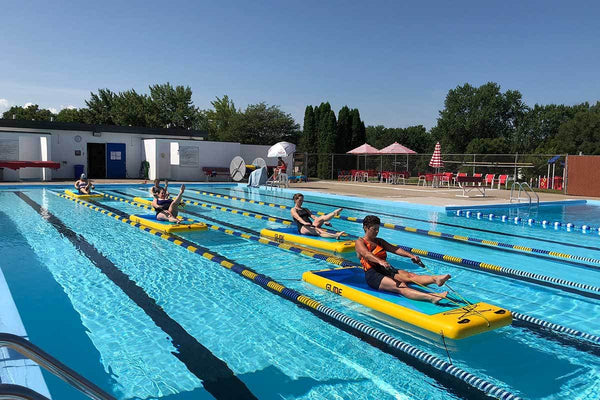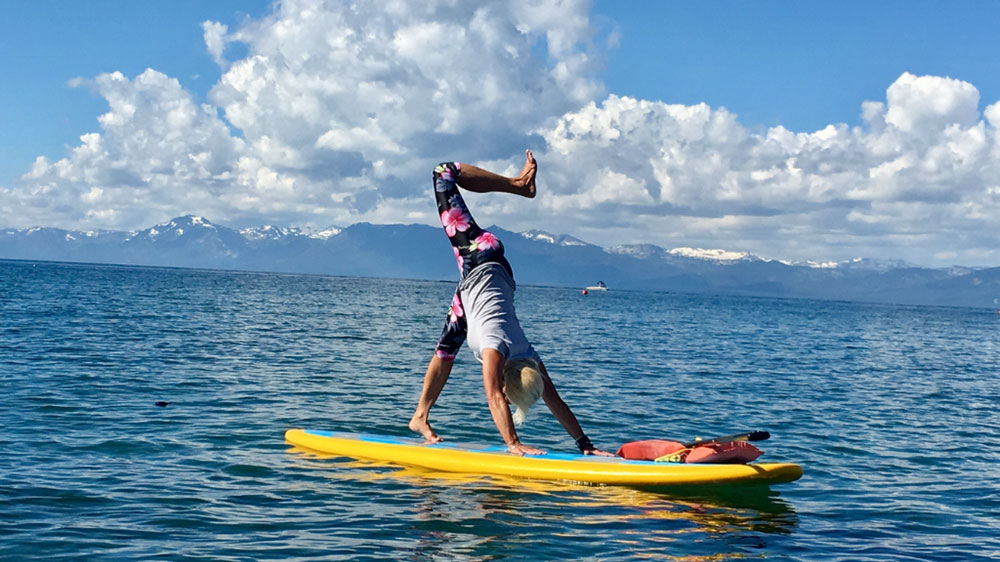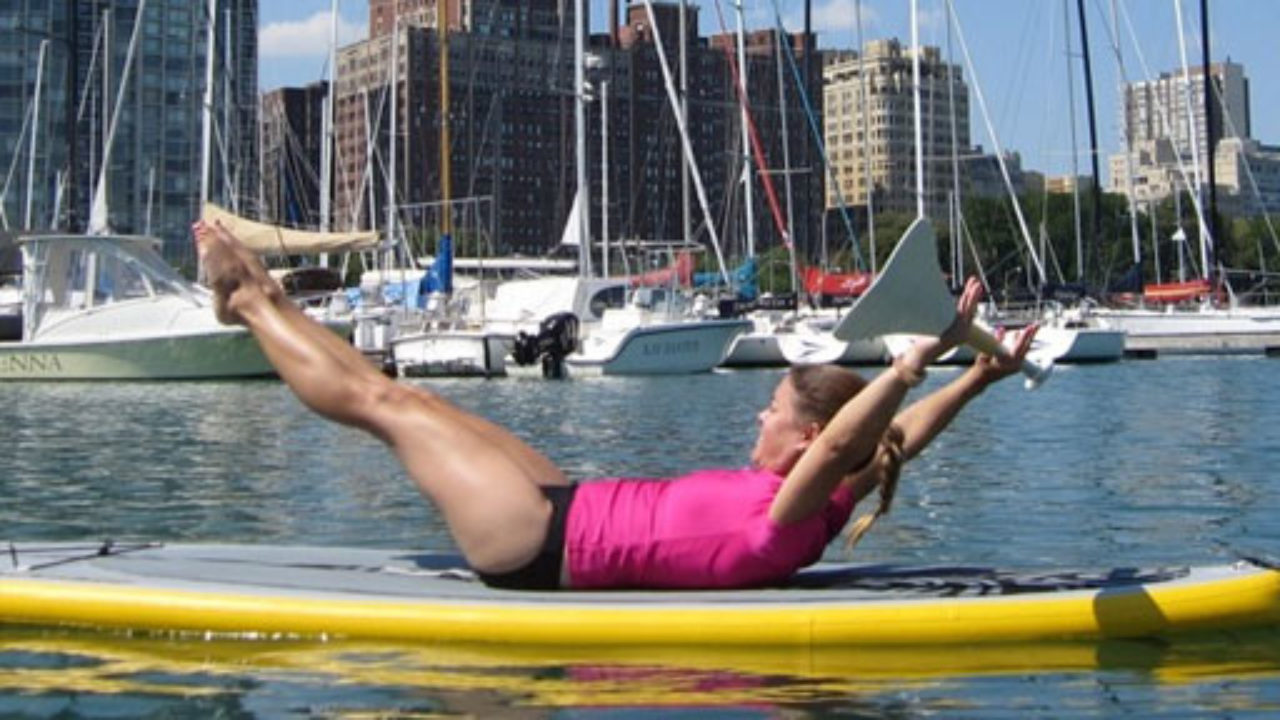
Exploring the World of SUP Pilates: Strengthening Your Core on the Water
SUP Pilates is a fantastic way to strengthen your core. Learn how to get into it.
Paddle boarding is not just a sport; it's an adventure that offers a unique blend of fitness, tranquility, and connection with nature. Among the many ways to enjoy this versatile activity, SUP Pilates stands out as a distinctive fusion that brings the core-strengthening, balance-enhancing benefits of Pilates onto the serene and challenging platform of a paddleboard. Imagine aligning your body and spirit atop the gentle undulations of water, combining the discipline of Pilates with the freedom and beauty of paddleboarding. This innovative workout transcends the conventional gym experience, inviting the outdoors in and transforming fitness into a journey of discovery and harmony.

The Essence of SUP Pilates
At the heart of SUP Pilates is the synergy between the stabilizing challenge of standing on a paddleboard and the focused, precise movements of Pilates. This combination not only heightens the engagement of your core muscles but also elevates your sense of balance and concentration. The dynamic surface of the water compels your body to activate additional stabilizers, enhancing the efficiency of each Pilates pose and movement. Glide SUP enthusiasts and beginners alike will find that SUP Pilates offers a refreshing way to deepen their practice, engage with the environment, and explore the limits of their physical and mental balance.
Why SUP Pilates?
Engaging in SUP Pilates presents a myriad of benefits. The core-focused exercises of Pilates, when performed on the unstable platform of a paddleboard, intensify the workout, promoting greater strength, stability, and endurance. The serene setting enhances mental well-being, offering a peaceful escape that nurtures mindfulness and stress reduction. Whether you're gliding through the calm waters of a lake or balancing amidst the gentle swells of the sea, SUP Pilates provides a unique opportunity to harmonize body, mind, and nature.
Embarking on Your SUP Pilates Adventure
To start your SUP Pilates journey, selecting the right paddleboard is crucial. Inflatable paddleboards are ideal for their stability, portability, and versatility, making them perfect companions for your aquatic Pilates sessions. Glide's range of paddleboards, known for their exceptional quality and durability, offers an excellent foundation for both beginners and seasoned practitioners to explore the benefits of SUP Pilates.
Mastering the basics of paddleboarding is an essential first step before incorporating Pilates exercises into your routine. Familiarity with balancing, paddling, and maneuvering on the board ensures a safe and enjoyable SUP Pilates experience. Joining a class or working with a specialized instructor can significantly enhance your practice, providing personalized guidance and support as you blend the art of Pilates with the skill of paddle boarding.
Safety and Preparation: The Key to an Enjoyable Session
Practicing safety is paramount in any water-based activity. Equipping yourself with a leash and a personal flotation device (PFD) is non-negotiable, ensuring that you remain tethered to your board and buoyant should you take an unexpected dip. Selecting calm waters, especially for beginners, can make your SUP Pilates session more enjoyable and less intimidating, allowing you to focus on your form and the beauty around you.
A Journey Beyond the Shore

SUP Pilates is not just a workout; it's an exploration. From the majestic lakes and rivers to the expansive coasts, the world is your oyster. Each location offers a new backdrop, a new challenge, and a new opportunity to connect with the world in a profound and personal way. As you paddle and practice, you're not just improving your physical fitness; you're embarking on a journey of growth, discovery, and connection.
In conclusion, SUP Pilates represents a unique fusion of exercise, nature, and mindfulness. It invites us to challenge our bodies, calm our minds, and embrace the beauty of our surroundings. For those seeking a holistic approach to fitness and well-being, embarking on the SUP Pilates journey offers a pathway to achieving balance, strength, and serenity. As we at Glide SUP advocate, it's about more than just the boards; it's about the experiences they unlock and the memories they help create. Join us on the water, and let's paddle towards a healthier, happier you.

